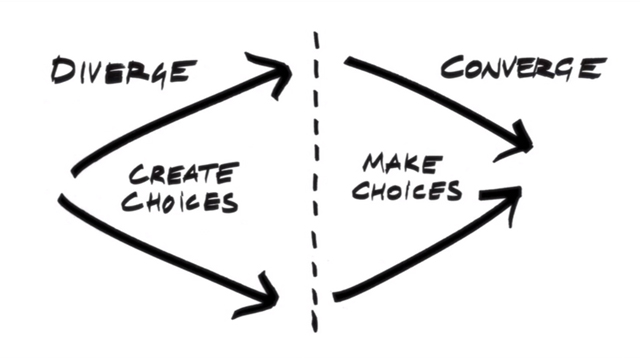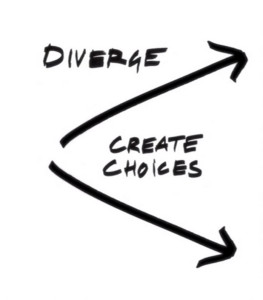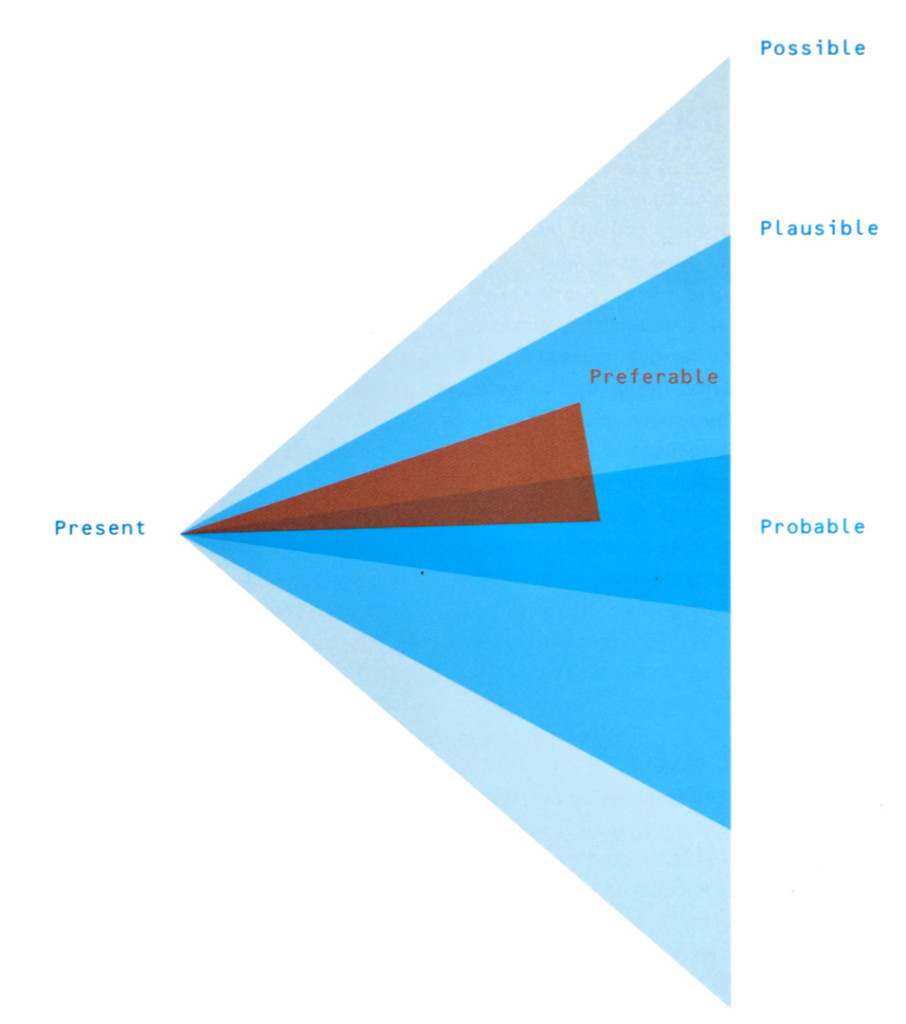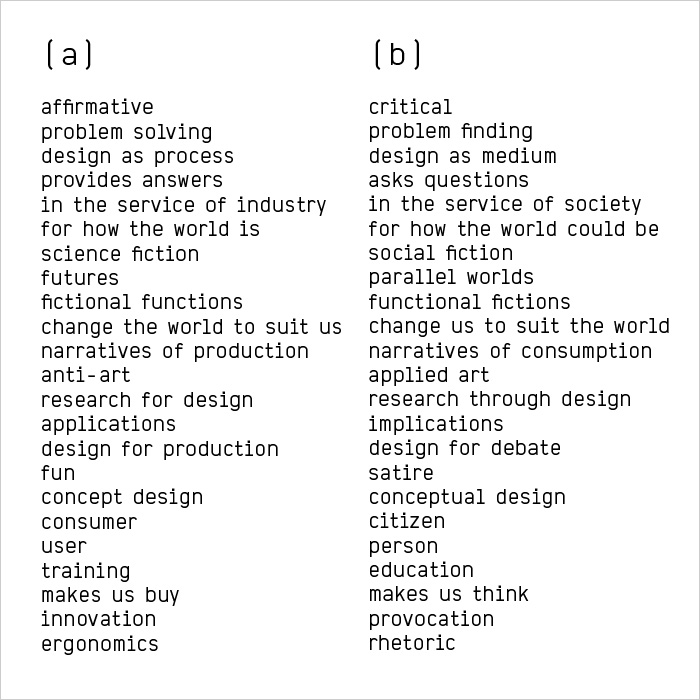Design Thinking and Speculative Design
The CEO of IDEO, Tim Brown in the last years has been focusing on design thinking, so that he his also running a blog regarding exclusively this topic.
Here is one of his most famous talks, where he urges designers to think big, to focus on more important things than fashionable little objects and so to redefine the function of designers. He basically express the basics of service design, discipline which in these last years is constantly growing and extending to all the aspects of design.
In this regards, just this week, Tom Petty, design team leader for the start-up GoCardless, held a speech about the future of design(ers) during the Design+Banter conference, and particularly interesting was one slide here displayed.

With this he meant that designers don’t have to focus on the communication, but on the experience. Designers now must provide services not help selling products and, finally, that designers are not limited to design for screens, but they must design systems.
“We no longer have to make people want things, because we get to make things people want.”
Tom Petty
Besides these points, particularly relevant for the speculative design research which I am conducting are, first of all, the title of the speech “Think Big”, that’s exactly what speculative design suggest to do, do not put limits to the imagination and open up new perspectives.
Secondly the example of Brunel who built the Great Western Railway.
Brunel said that he wanted to achieve for his passengers was the experience of floating across the countryside. […] But he didn’t stop there. He didn’t stop with just trying to design the best railway journey. He imagined an integrated transportation system in which it would be possible for a passenger to embark on a train in London and disembark from a ship in New York. One journey from London to New York. This is the S.S. Great Western that he built to take care of the second half of that journey.
The last point which is in line with the speculative design principles is the scheme where Tim Brown represents design thinking. In its right part is illustrated how the design process is, different ideas converging in a solution. And in the left part, the suggested design thinking approach, where it prompts to look for different ideas in first place.
“So why design thinking? Because it gives us a new way of tackling problems. Instead of defaulting to our normal convergent approach where we make the best choice out of available alternatives, it encourages us to take a divergent approach, to explore new alternatives, new solutions, new ideas that have not existed before. “
I find Speculative Design perfectly in line with this scheme, but instead of Design Thinking it focus exclusively on the left part. I reckon that we could compare the two diverging schemes of Brown (1) and Dunne. (2)
(1)
(2)
Speculative Design is an experimental field, where the problems which common Design and Design Thinking aim to solve (in the right part of the Brown’s scheme) are not even considered. Speculative design is rather problem finding than problem solving, as listed by Dunne & Raby in their A/B manifesto, where A is how design is usually intended and B is a sort of another dimension of design explored through critical and speculative design.
Dunne & Raby in their A/B manifesto


